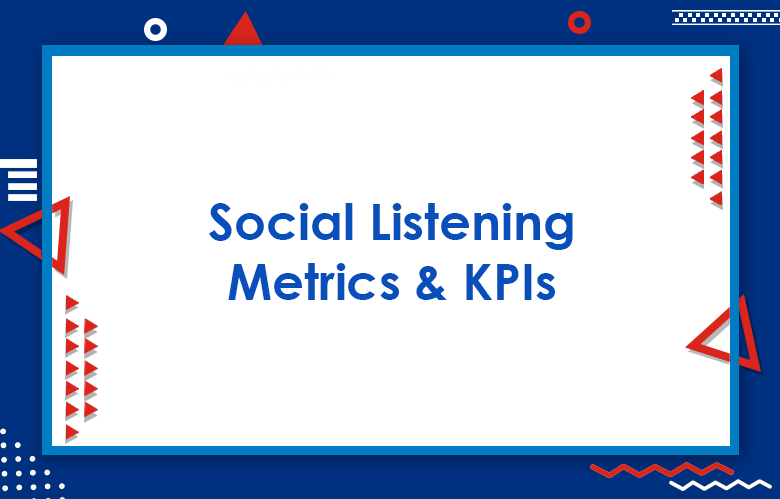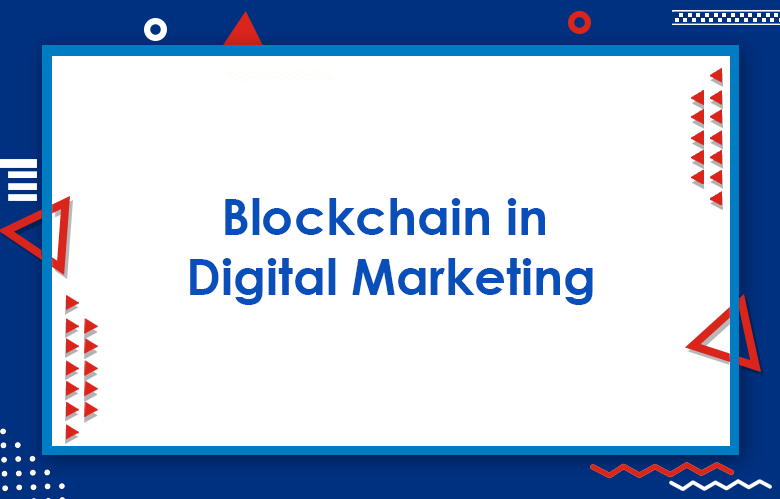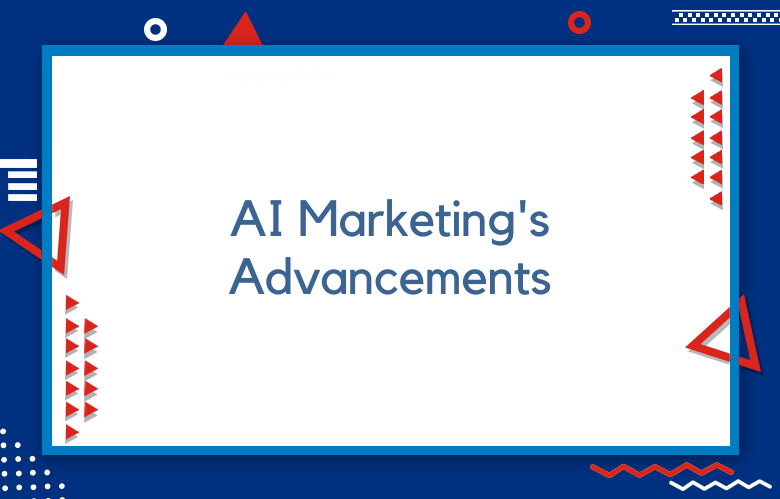Social Listening Metrics & KPIs to Achieve Business Objectives

Social Listening Metrics: The value of social media is infinite when you use it ideally. Isn’t it? The evolution of social media platforms gives excellent competition to prove unique globally, and that may be like YouTube, Instagram, Snapchat, Facebook, Twitter, etc.
Social Listening Metrics
Though we find millions of apps, only a few are buzzing in the market. In such a way, the business brands can find rapid business growth when they see the right audience engagement strategies. For that, it is essential to know how customers feel about their brand products, to what extent the brands can reach the audience’s expectations, etc. To do that, one should know the customers’ opinions through social mentions, comments, feedback, reviews, etc.; this is where social listening happens.
Social Listening KPIs
Share of voice:
Compared with your competitors in the market, you can determine the popularity of your brand and add revenue growth.
Sentiment score:
It helps to understand the customers’ preferences and opinions when they reach your business brand.
Share of positive mentions:
Sharing the positive mentions of your brand enables you to build a robust conversation with the audience and find the customers.
Customer satisfaction:
Launch surveys to estimate customer satisfaction, which builds brand credibility through word-of-mouth promotions.
Follower Count:
The follower count is mandatory as it lets you know how the audience cares about your brand in the market and their intention to consume your content.
Impressions:
The impressions are the total number of times your business content is displayed to the audience without considering whether it is clicked.
Web Traffic:
Many people will become your customers depending on the number of visitors who visit your business websites.
Clicks:
This is where PPC ads are necessary. These ads will benefit businesses by allowing them to launch cost-effective ad campaigns, find leads, and improve ROI.
Likes:
The number of likes your post obtains defines your audience’s interest in your branded content.
Shares:
When the content is unique, it finds shares through the probability of success.
Comments:
The comments contain positive and negative mentions about your business, and you can trace them.
Sales Revenue:
The businesses invest money to turn into profits through the sales of the products or services, and sales revenue helps figure out the ROI growth.
Lead Conversion Rate:
The customer acquisition cost can be minimized with lead conversions that add value to your brand.
Reach:
This is the most influential metric that can be used to determine whether your business ad campaigns are reaching the desired number of audiences and how effective they are.
Non-Revenue Conversions:
This helps in measuring drawbacks in the strategies of marketing campaigns that are not driving revenue.
Cost Per Lead:
Cost per lead allows the marketing and sales to set their sales goals by measuring the ROI.
Issues Resolved:
This helps avoid repeating the existing mistakes that will damage the brand’s reputation.
Customer Lifetime Value:
The customer lifetime value lets the companies make better business decisions by finding the customers by adding the brand value.
The volume of Conversation:
The number of conversations can help identify the performance of your business.
Rate of Engagement:
The rate of engagement is a factor that can help you identify the potential customers who are most interested in your business brands.
Competitor Metrics:
Collecting competitor performance metrics can help you make the most advanced marketing strategies.
Amplification Rate:
When your business content is being shared through paid or organic ways across social media platforms, it can be traced through the amplification rate.
Social Media Referrals:
Social media referrals are the most revenue growth aspect that boosts your business’s sales engagement.
Click-Through-Rate:
When businesses are intended to reach the target customers, the click-through rate allows brands to know what works and what doesn’t.
Bounce Rate:
The bounce rate is the only medium to tell that the browser does not require your content.
Several leads:
The count of a total number of leads can help drive the business sales that improve the brand reputation.
Brand awareness:
Business brand awareness can be established through the elevation of business promotional strategies.
Campaign target:
The campaign target lets the businesses outline the number of audiences to engage with the specific ad campaign.
Demographic data:
Demographics can be an effective method of determining how consumers are searching for online information and making buying decisions.
Influencer analysis:
The reach of the most potent influencers can be achieved through business engagement with brand awareness.
Top engaging social channels:
Finding the top audience engagement on social media platforms can help you identify potential customers in real time.
Audience Metrics:
This can let you identify the interests of the online audience and what to deliver to attract them.
Listening Metrics:
Social listening metrics can be used to know the main issues of your customers and audience.
Social Traffic Metrics:
Social media engagement metrics can be used to monitor what interests them and what to implement.
Keywords:
Researching the set of keywords can let you target the relevant customers by elaborating on the content.
Customer response rate:
The customer response rate always tends to show how effective your content is in reaching the audience.
Most Popular Content:
Finding popular content can let you know which content efficiently reaches your business objectives.
Optimal Days/Times for Engagement:
The perfect timing to upload your content on the promotional channels that find the audience engagement is necessary.
Followers:
Social media followers are the most engagement metric that can tell you how your brand plays a role in gaining followers.
Unique Visitors:
The number of unique visitors can tell you how effective your brand is in the global market.
Return on Time Invested:
You can identify the time you spend launching business ad campaigns and your business’s success rate.
Most Popular Posts:
Tracing the trending posts on social media platforms lets you enhance your business growth by implementing the most advanced strategies.
Branded Hashtag Use:
Focusing on the trending hashtags and adding the hashtags that add brand value can engage the audience.
Video Completion Rate:
This factor will determine the time the audience spends watching the complete video.
Revenue from social channels:
This can let you know how much you earned only from the trending social media channels.
Content Metrics:
The content metrics can let the markers understand which type of content is being engaged by the audience.
Landing Page Views:
The total number of landing page views helps identify the unique visitors and growth rate.
Conclusion:
To gain your business’s ROI across social media platforms, you should focus on the list of social listening metrics and KPIs that make your brand competitive. Just finding followers is not enough; engagement to drive conversions is also necessary.
Call: +91 9848321284
Email: [email protected]
Click here for



